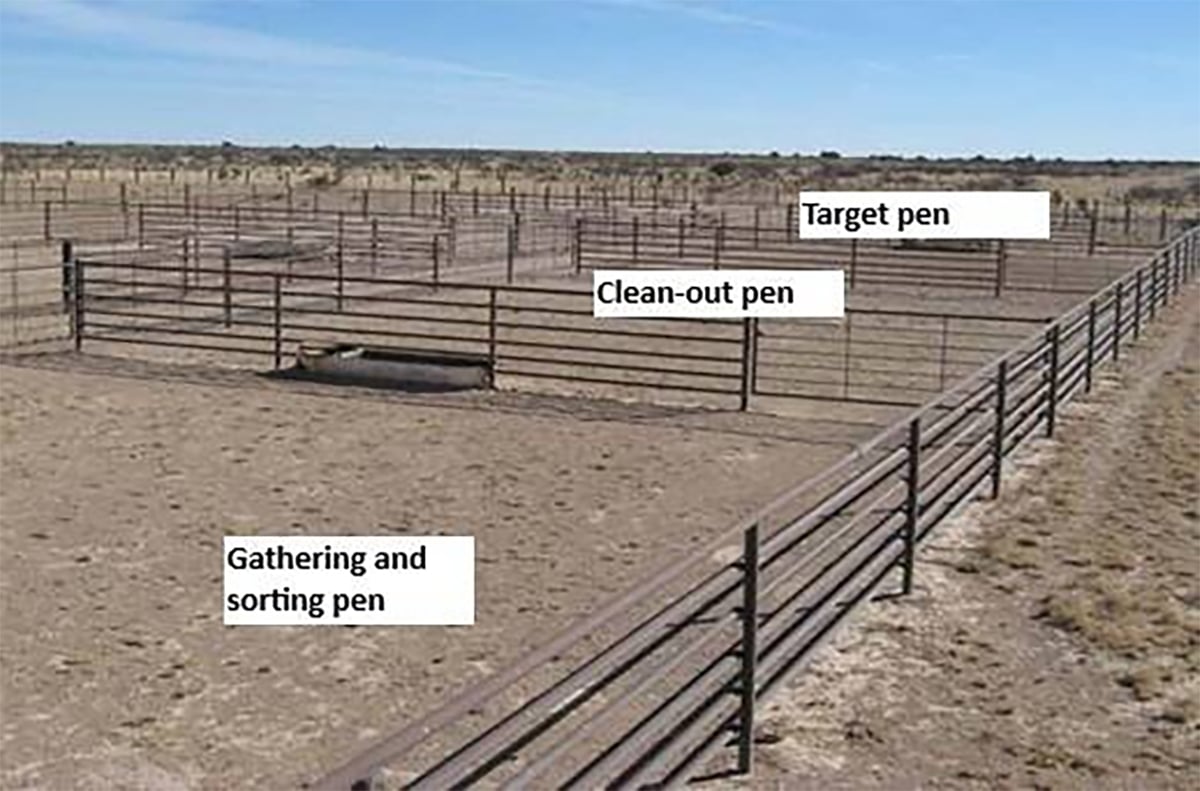LACOMBE, Alta. – The story of the Canadian beef industry is one of long truck rides across the country in less than ideal conditions.
The result is stressed calves that lose weight or become sick.
The weight loss, known as shrink, is not just passing urine and feces from full bellies but actual muscle loss of up to 30 kilograms, says animal scientist Al Schaefer of Agriculture Canada.
“There are a lot of endocrine upsets the animals experience.”
In an attempt to lessen this problem’s impact on their bottom line, Schaefer told a recent pasture school in Lacombe, Alta., that buyers demand that animals not be fed or watered before they go on the truck so that they don’t have to pay for extra weight.
Read Also

Teamwork and well-designed handling systems part of safely working cattle
When moving cattle, the safety of handlers, their team and their animals all boils down to three things: the cattle, the handling system and the behaviour of the team.
That is a short sighted approach, he said.
Animals may end up sick if their immune systems are harmed during transportation or from being jostled at auction yards.
There are solutions.
One is retained ownership, where the customer makes certain demands.
“If you retain possession, it is to your advantage to have those animals properly treated all the way through,” Schaefer said.
“The challenge always is who owns them and who is going to pay for it. If you retained possession, it’s a no brainer. You would do it.”
A number of factors can stress animals during transportation:
- They haven’t been fed or watered for 48 hours.
- They are sleep deprived.
- They are upset by bad weather as they adjust to different temperatures.
- They may be commingled with strangers in a tightly packed trailer.
Preconditioned calves appear to handle stress better.
Producers can improve their animals’ condition by maintaining water balance. A body has water within and between cells. When animals are taken off feed and water, fluid shrinks between the cells. They need added electrolytes such as calcium, sodium and potassium for normal metabolism.
“Something as simple as keeping animals on water will dramatically change the interstitial space and preserve their hydration,” Schaefer said.
Animals also experience a change in blood ions and protein and an increase in the stress hormone cortisol.
“We see a complete depletion of the energy component, particularly glycogen in the muscle and in the liver, which is very important to how an animal adapts to the stress of transport and handling,” he said.
Training animals to adapt to novel situations is called anthropomorphism, in which people think they are doing what the animal would like.
“Sometimes what we perceive as reducing novel stimuli isn’t perceived by the animals as nice,” he said.
Animals on a long haul seem to recover but that is because their systems are starting to adapt to the stress.
Nutritional therapy in the form of an electrolyte supplement such as Nutricharge can help. Electrolytes are nutrients such as calcium, sodium and potassium. They can be added to feed or water and appear to work well as long as the animals take them in.
“The uptake of the concept of nutritional therapy has been gaining all the time,” Schaefer said.
Some packers have used Nutricharge during the dark cutter seasons of spring and fall. Animals may have difficulty adjusting to temperature swings of 20 degrees or more and become stressed. The result is dry, dark coloured meat that ends up as a devalued product.
“Dark cutting is quite simply a story of hypoglycemia,” he said. “The pH increases and leads to dark cutting.”















